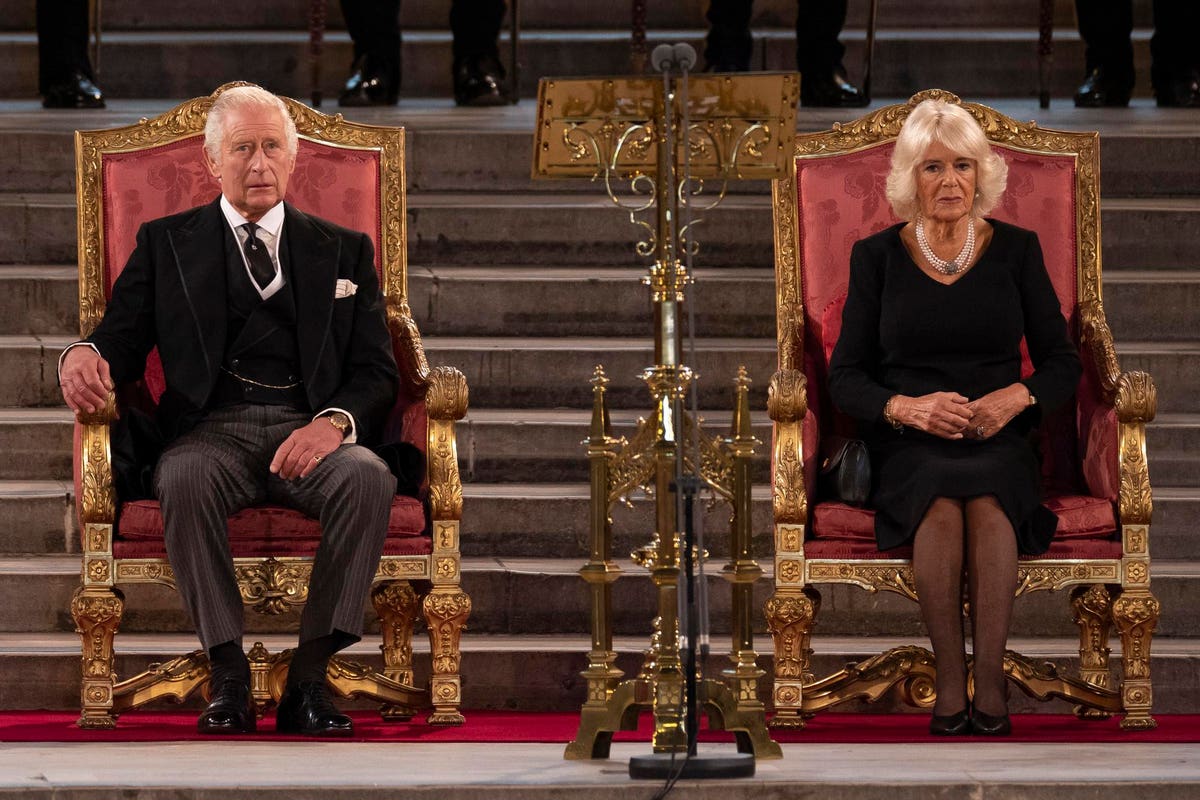Earlier this month when King Charles got crowned by the Arch Bishop of Canterbury, protestors took to the street demanding that the Monarchy should be abolished.
The logic of their position is clear. National leadership by a hereditary elite makes no sense in a meritocracy. In theory, I’d tend to agree.
However, what we know from European history shows that ditching your King or Queen tends to lead to tyranny and financial disaster. Its for that reason, keeping Charles as Britain’s head of state makes a lot of sense.
If that sounds shocking consider some examples of what happened in major European countries when the kicked out their princes, Kings,, Queen and princesses.
England Knows How Bad It Can Be
In the 1600s, England ditched its Monarchy in favor of Oliver Cromwell as Lord Protector. It was a disaster as he became a tyrant and making life awful for the population, as this excerpt from History Learning Site shows:
- “Cromwell shut many inns and the theatres [sic] were all closed down. Most sports were banned. Boys caught playing football on a Sunday could be whipped as a punishment. Swearing was punished by a fine, though those who kept swearing could be sent to prison.”
Its also appalling to learn that under Cromwell’s tyranny Christmas got banned. No wonder the population eventually demanded the restoration of the Monarchy, which happened in 1660 when Charles II took the throne.
French Revolution & Terror
The French revolution took off in 1789 following riots prompted by rising food prices and economic privation. At least part of the poverty inflicted on the population was due to France’s centralized economic system that decided who could work in which jobs, even in the private sector.
By 1792 the revolutionaries abolished the Monarchy, quickly followed by the execution of the King in 1793 which began the “terror’ and mass murder of aristocrats. In other words, a tyranny prevailed, at least for a while.
Although it took a while, the good news is that France shook off the restrictive economic policies in 1795. Nevertheless the brutality unleashed when the Monarchy was ousted is not something most sane people would embrace,
Russian Revolution
In 1917 Vladimir Lenin and his communist co-conspirators overthrew the Russian Czars, then murdered him and his whole family. What followed was the creation of the Soviet Union and seven decades of economic disaster, famine and the mass killing of millions of the bloc’s citizens.
Although Russia isn’t typically considered part of Europe, the country looked towards Europe culturally under the last Czar.
Germans Kick Out the Kaiser
Following WWI, the defeat of Germany in 1918, the Kaiser abdicated. What followed was a wealth-withering hyperinflation that took off in 1921, combined with more than a decade of near-anarchy in Germany with rival armed groups fighting each other.
That chaos morphed into tyranny when the Nazis took control of the German government in 1933, unleashed mass murder, repression, and WWII.
While all these events are quite different, they have one thing in common: These tyrannies and sub-optimal economics followed the ouster of the Monarchy.
Read the full article here


